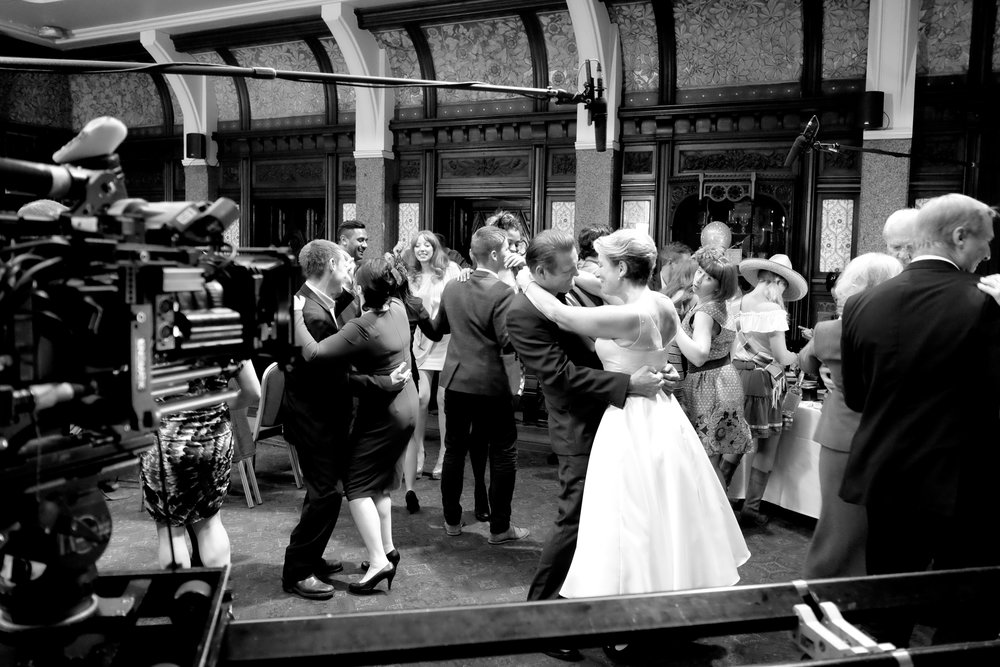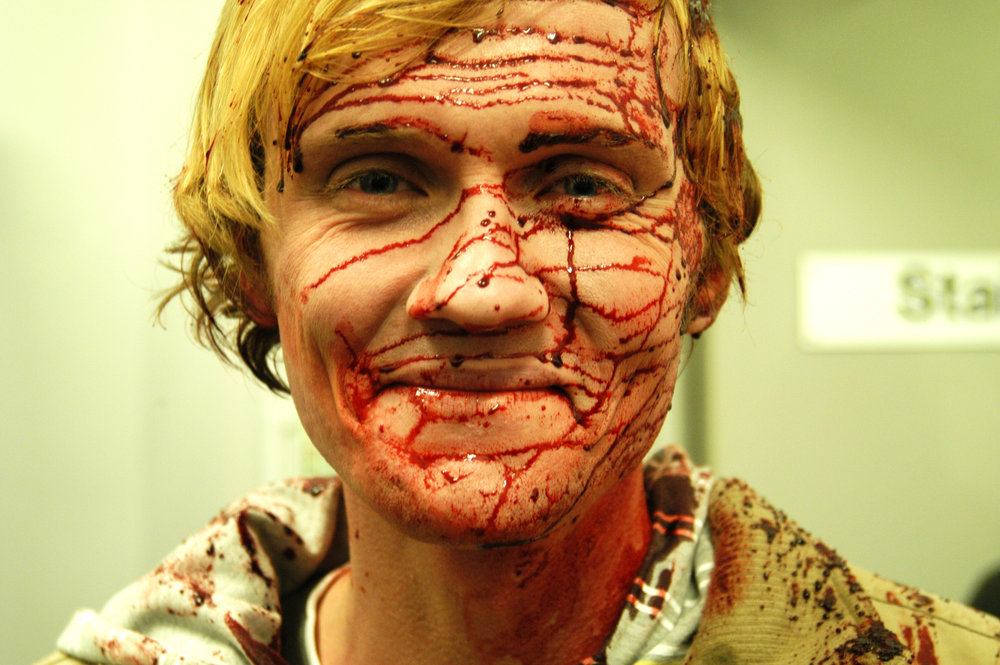
The other day I was browsing through Twitter and came across a photo of a bloke. It was well composed, well lit and quirky enough to make a strong impression without being gimmicky. It was an environmental portrait and the background was well out of focus but there was enough there for anyone to realise that it was by the seaside, and for those who knew the area to recognise Brighton Pier.

I was moved to comment, favourably and did so, making the point that it was refreshing to see a shot of an older man in colour instead of the usual “moody” monochrome. The poster responded, thanking me for my words, and we got chatting, as you do.
The photographer is setting up a new business based in the West Sussex town, specialising in headshots (of which more later), portraits, theatre and TV work, and editorial.
Being the somewhat dense soul that I am, it took me a bit of time to realise that the Ian Kelsey I was chatting to on Twitter is the self-same Ian Kelsey who has been a regular fixture on our TV screens for the better part of thirty years, starring in Emmerdale, Casualty, Coronation Street, Doctors, Blue Murder and Down to Earth as well as stints in the West End.
I was curious as to what might lead a successful actor to start up his own photography business so I sat down with Ian and we spent a bit of time exploring his photographic background, his motivations and what we can expect from Ian Kelsey Photography in the months and years to come. I also asked Ian about how he works, how he’s marketing his new venture and the equipment he uses to get “the” shot.
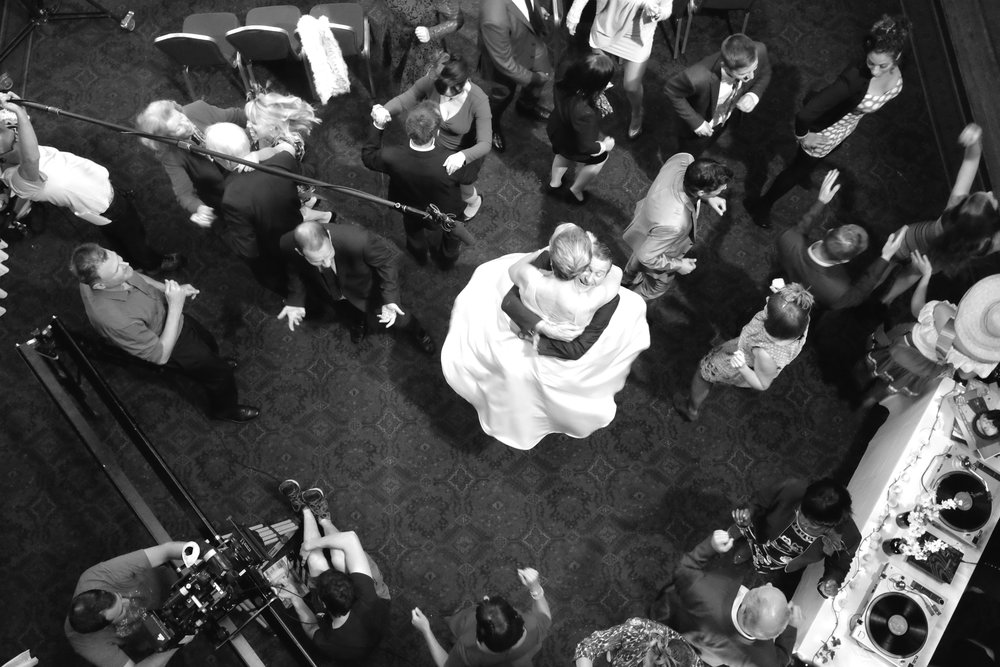
Ian gave me some background to his new venture:
“My Dad was a big influence when I was younger. He was a keen photographer himself and he taught me the basics. I started out with an old Kodak 126 then progressed over time to a Pentax K1000. We developed the films at home, and I can still remember the smell of the chemicals.
“Over the years my friends and workmates came to think of me as “the one with the camera” — I took one everywhere. I always wanted a Leica though, particularly for that silent shutter. I got myself a Leica M7 and shot behind the scenes on TV shows and in the theatre; that shutter meant that I could shoot during takes. I learned a lot about constant lighting watching the very talented DOPs (Directors of Photography – Ed.) on the film sets. We were still shooting on 35mm back then.
“When I was shooting “Down to Earth” in Devon the photographic opportunities were fantastic, both on-set and particularly just out in the countryside. I spent all my spare time shooting the beautiful and changing landscapes. Many times I had just had to stop on my way to work in the morning to take one more shot of the morning mist in a green valley!
“I’ve always really enjoyed taking behind the scenes shots but in these days of everyone having a cameraphone and when an actor’s being photographed constantly, I’m aware of putting another camera in their space so I shoot a lot less behind the scenes now. There’s very little privacy left and even though actors are used to being in front of cameras, I’m aware that it can all get a bit much.
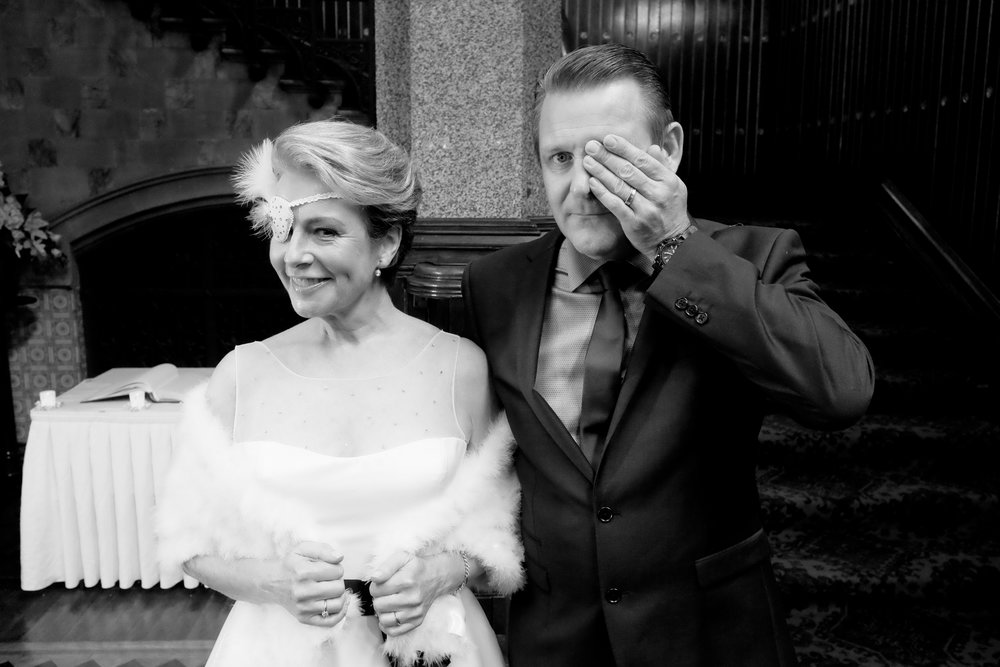
“I see Ian Kelsey Photography as something that fits my lifestyle and is both a natural extension of my own photographic background and also in many respects as a complementary venture to my acting career as well as helping me to keep creative when not on stage myself.
“Actors always need headshots for their portfolios — it’s essential to have up-to-date pictures to get work — and I really understand what’s needed. Headshots will be the meat and potatoes of what I do and I really like to focus on quirky, out-of-the box portraits. What I pride myself on is life in the eyes, and I won’t let the client leave the room without the shot. The next time I go on set I’ll carry a pocketful of business cards, just in case!
“I would dearly love to be holding a Leica all day long, but to catch that special moment — that little spark — that lasts less than a tenth of a second I’ll need fast autofocus and I just can’t rely on the Leica’s rangefinder focus system to keep that pupil crisp and sharp. Today for the business I use a Canon 5d Mk. II coupled with a 100mm EF 2.8 IS USM Macro lens. Because I want to focus on portraiture I have also invested in a Leica M9 and a 2.8 Elmarit 28mm. I’ve already shot some stunning stuff with the Leica and the colour from that CCD sensor is out of this world, yes, the LCD screen is bad, and the battery life runs out before your card is full, but I have a love affair already with the camera and it’s responsible for the big smile on my face.
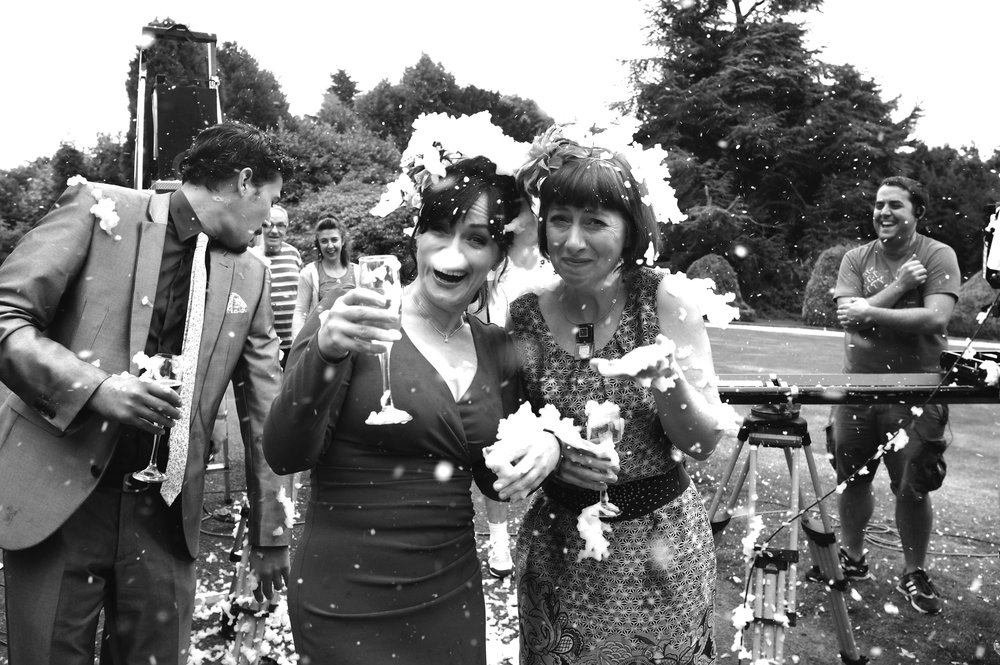
“The most important thing about my shoot with a client are the two cups of tea beforehand… This is where I find out about the person. I get to know their sense of humour and what they ultimately want from the shoot. It’s almost as if what follows with the camera is a formality. My father left me a huge collection of jazz on vinyl which I’ve topped up with ’80s “cheese” and myself and the client have a moment of unification before the shoot, picking the album to shoot by. I use two basic setups, one with a dark background and constant light then I swop over the front heads on the flash units for front and back flash with a white background using the Lastolite HiLite with the flash heads in each end. I’ve also recently invested in a Manfrotto carbon 1 433 tripod with a ball head which enables me to lock the camera off and engage directly with the client. Recently I’ve just shot 54 drama student headshots over a two-day period and the tripod took most of the strain!
“For social media, at the moment the tool I’m using is Twitter; it puts me in touch with the people I want to connect with. People tell me to use Instagram but there are not enough hours in the day… I’m the sort of person who really wants to do one thing well not two things badly and I just don’t want to spread myself over multiple digital media platforms at this stage. Recently a lot of my time has been spent with my website designer and I’ve kept the branding simple — I’m aware that my name is known and that’s why I’ve used it in the title of the business.”
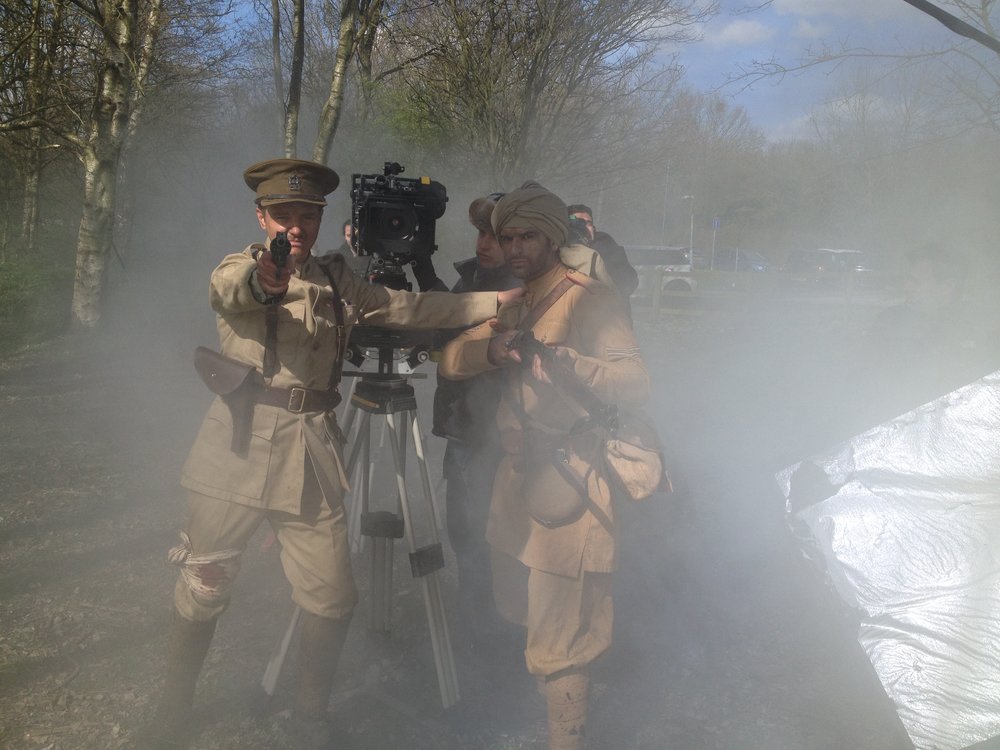
In closing, I just had to ask Ian what is the best bit of kit in his bag. The answer made me smile as I expect it does his clients:
“I’ve just bought a remote-controlled fart machine, which I hope will guarantee a smile from any child in front of the camera — and some adults. It’s hidden just behind where the clients stand.”
Our interview ended there. I’m well aware that this is not our normal photo news story, but it’s really good to put the kit to one side for a minute and just talk to a fellow photographer. I think that this is a great example of someone, already successful in one field, who is taking the steps to make a profit from their photographic passion.
There’s a lot about Ian’s story that will resonate, I’m sure, and it’s good to see a “start up” that has a clear idea of identity, objectives and what it wants to be known for. I want Ian to succeed, not just because he’s a nice bloke with a camera but because he has a clear talent and the will to make it happen. If you want to see more of Ian’s work, or engage him yourself, head to his new website; it’s simply iankelseyphotography.co.uk and you’ll find all the contact details there.
Surprising fact: All the pictures in this article with the exception of Ian’s headshot, were taken by Ian with his iPhone 4S…..
All images with the exception of the headshot © Ian Kelsey
_____________
- You can find more from Bill Palmer at Lightmancer and at Instagram
- Subscribe to Macfilos for free updates on articles as they are published
- Want to make a comment on this article but having problems?

